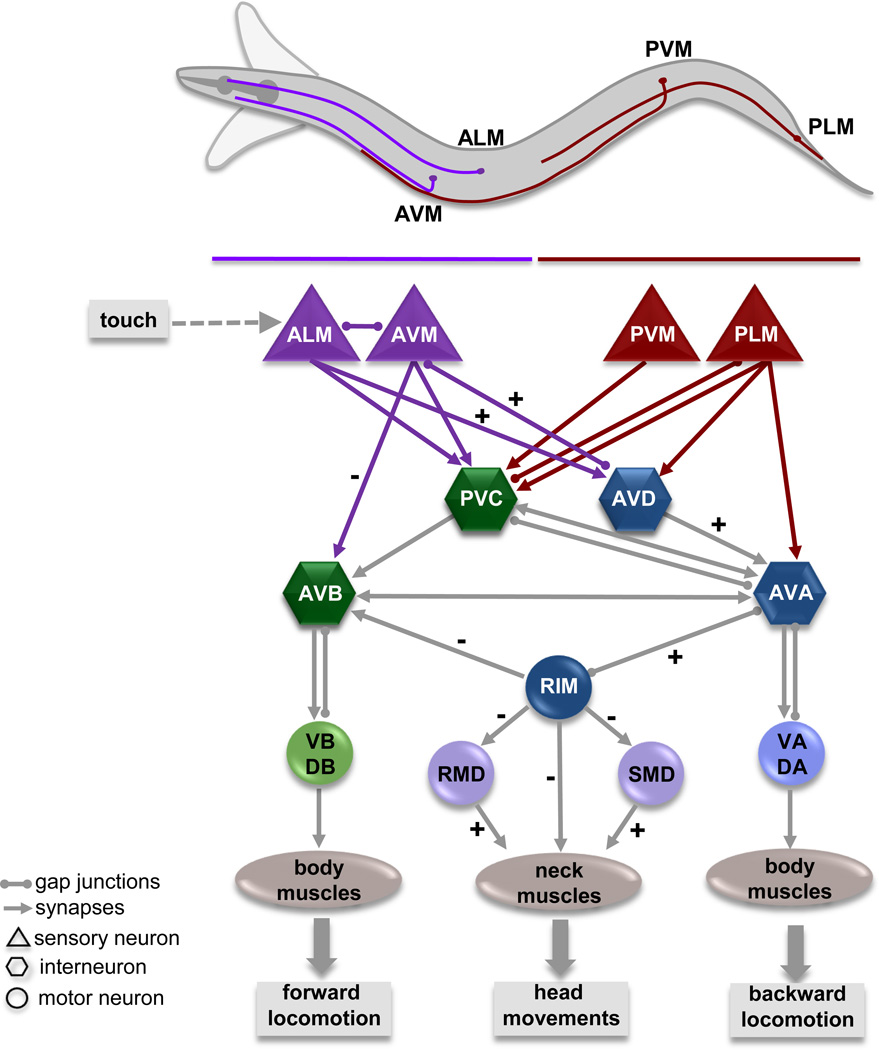Figure 2. Neural circuit of the C. elegans escape response.
C. elegans moves its head rapidly from side to side during forward locomotion as indicated by the outline. The relative cell body position and neuronal process of neurons responsible for sensing touch (purple: anterior touch; red: posterior touch) are depicted. The circuit diagram illustrates the connections between the sensory neurons and those that control locomotion and head movements. Synaptic connections (arrows) and gap junctions (spheres) are as described by White, et al. (1986). Sensory neurons are shown as triangles, command neurons required for locomotion are shown as hexagons, and motor neurons as circles. Excitatory (+) and inhibitory (−) connections involved in the anterior touch escape response are noted. Anterior touch activates the AVA backward locomotion command neuron, which in turn activates the tyraminergic RIM motor neuron. Tyramine release from the RIM neurons activates the tyramine gated chloride channel LGC-55, which is expressed in the AVB forward locomotion command neuron and cells of the head movement circuit: RMD, SMD, and neck muscles. Activation of LGC-55 causes hyperpolarization of neck muscles and the AVB neuron inducing the suppression of head movements and sustained backward locomotion in response to anterior touch [9], [10], [•22].

